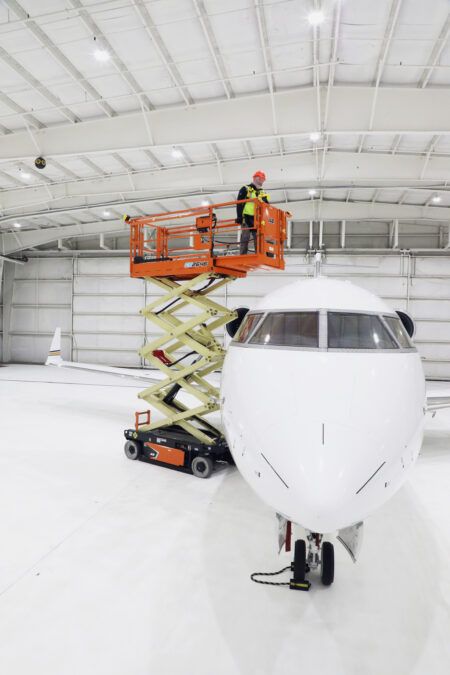Family-owned firm Pöttinger has developed two assistance systems known as Sensosafe for detecting animals. The company, which is dedicated to sustainable farming and the environment, will launch its dual systems next spring.
During early spring young deer and other small game animals are severely at risk of being caught by mowers and getting run over. With Sensosafe, the world’s first assistance system mounted directly on the mower for protecting animals , Pöttinger has achieved a pioneering development. This system was awarded the Silver Innovation Award at Agritechnica 2017. Since then some technical details have been refined. The optimised system has been tested extensively by selected customers and in the company’s own test department.
With the first iteration, a sensor bar with improved optical sensors is mounted directly to the mower to detect fawns lying in the grass that may not have been spotted by the driver. When Sensosafe detects a fawn, it transmits a signal to the hydraulics to immediately raise the mower fully automatically. The fawn remains unharmed.
The second iteration for rear-mounted mowers features an intermediate frame with a sensor bar inserted between tractor and front mower. The sensor bar is folded outwards in the working position, covering the full working of the rear mounted mower. If only a front mower is in use then the sensor bar covers the next pass.
After receiving a visual or audible signal, the driver can stop the tractor and climb out of the cab. The driver can also simply lift the rear mower and leave a small area uncut.
The Sensosafe sensors have been developed especially for this application and ensure optimum detection. Using an optical sensor means that the system can detect the fawn or other wild animal and differentiate between other obstacles, such as molehills.
Sensosafe offers enormous advantages: it protects animals, ensures higher forage quality (by preventing animal parts from entering the forage), which in turn promotes daily forage consumption and consistent milk yield as well as maintaining livestock health. The needless loss of animal lives is prevented, forage bales do not need to be rejected and the work process during subsequent harvesting is simplified, increasing overall cost effectiveness as a result.




